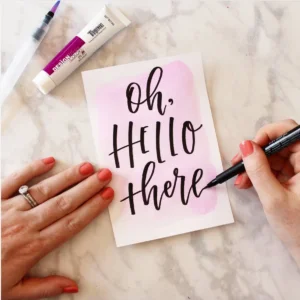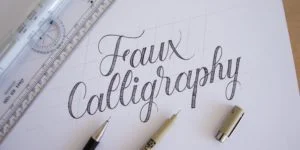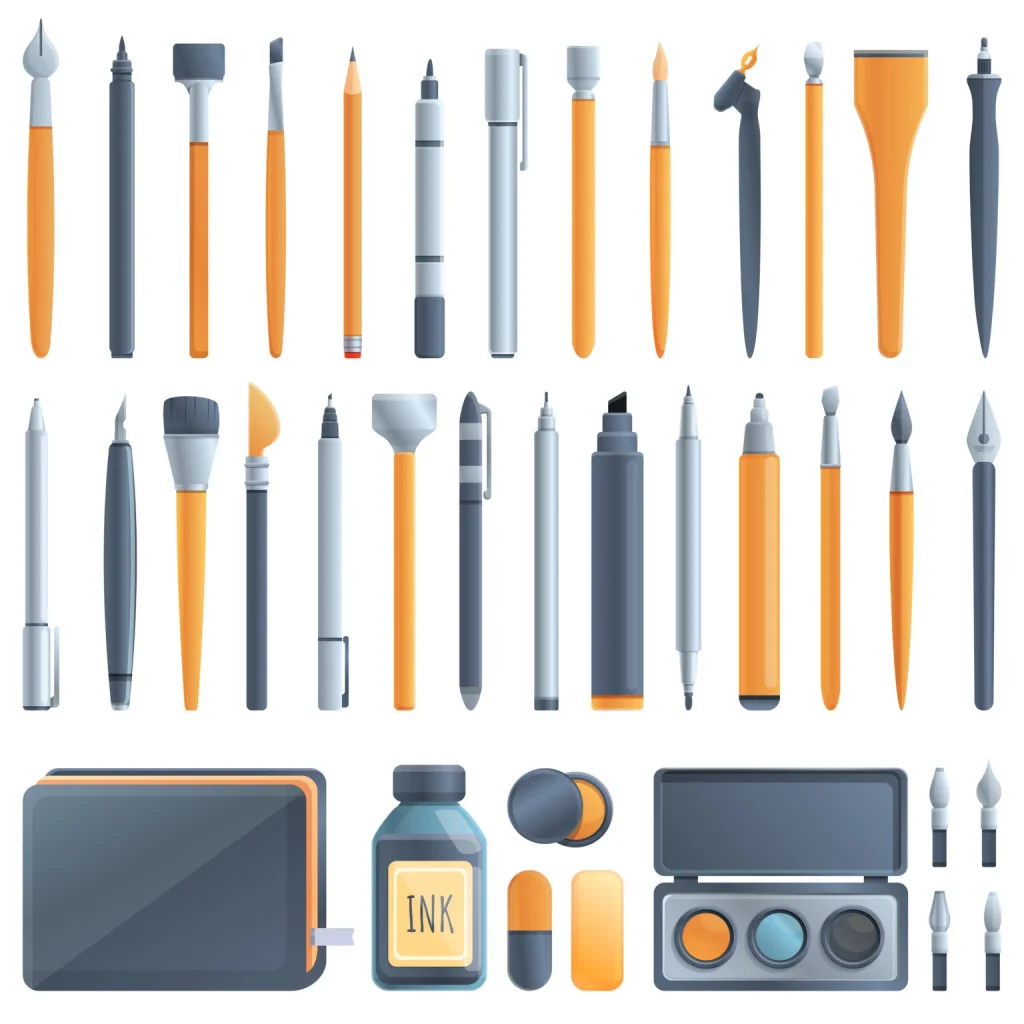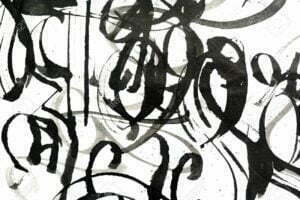What are the best nibs for copperplate beginners? We always encounter with this whenever we start with calligraphy as an art form. Unfortunately, there will never be one correct answer to this very question. I know many people will say that skill matters the most and yes, it is true in a wide sense. But a good supporter is important just as much as your skill. If you are a master calligrapher but feel that your work does not receive the right amount of appreciation; it might be because you do not yet have the right nib which suits your style of calligraphy the best.
Yes, the right nib. You need to test out different types of nibs to find out which suits you best. It is like a support system and is as important as the person doing the calligraphy. For copperplate we require a pointed nib, which does not have a reservoir. Podium school has listed out the best nibs for copperplate beginners. Kindly have a look and we guarantee it won’t be disappointing.
Gillott Nibs
Gillotts are high quality nib pens, and were first manufactured in Birmingham, England in 1827 by Joseph Gillott. These are popular for pointed pen calligraphy and are some of the first nibs used for copperplate calligraphy, however, not all Gillott pens are recommended for beginners. Most Gillott pens are ideal for intermediate or advanced level calligraphers.

Gillott 303 and 404 are exceptional nibs, which are ideal for copperplate beginners. The 303 is a pointed nib that is excellent for copperplate calligraphy. It has the perfect flexibility; it’s not too stiff or too rubbery, however it performs best under a light hand. The Gillott 303 is a very sharp nib. It is best used on papers which are smooth. Although, it can operate on lightly textured surfaces under an expert hand.

Coming to the Gillott 404; it is a stiff pointed, smooth nib. It performs well on surfaces which are both smooth and textured. The 404 produces comparable swells and thicker hairlines than the 303. It is strong and long-lasting, making the 404 a great choice for beginner calligraphers who have a heavy hand.
Brause Nibs
Brause nibs are manufactured from cold steel, they are high quality pens founded in Germany in the year 1850, however the best thing about Brause nibs are they are slightly cut, which makes for a easy to handle pen at a flat angle. They use special tools to press out the specific nib models.

Coming to the best nibs in this category. The one recommendation for beginners from Podium would be the EF66. It is a tiny, flexible nib which makes beautiful thick downstrokes and delicate thin upstrokes. The most user-friendly nib and a very good nib to start off with. It’s not too sharp, and it gives a slightly thicker thins, which makes for beautiful scripts.

The next Brause nib is the 513. It is a delicate nib, which is pretty easy and comfortable to write with. It is one of the best beginner nibs. However, the thick and thins are not as pronounced as EF66.
Hunt Nibs
Speedball at United States manufactures hunt nibs. It offers a wide variety of choices and remains quite popular with a wide range of calligraphers. Hunt nibs gives calligraphers one of the smoothest writing experiences. likewise, the ink also flows evenly as they do not require you to put a lot of pressure to write or make an artwork. And the nicest feature of all, the ink reservoir on the products is incredibly large.

Two of the best nibs for beginners would be the Hunt 56 and Hunt 22. The Hunt 56 is quite like the Gillott 404 in its stiffness and durability. It requires a lot of pressure to create big swells, however it can produce decent hairlines. The hunt 56 also performs well on both smooth and textured papers. Calligraphers of all skill levels will enjoy this nib, but it is especially good for beginners.
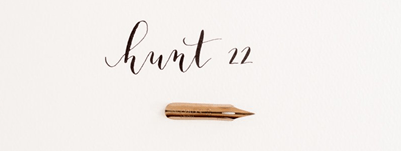
The Hunt 22 nib is a best seller among both beginners and seasoned calligraphers. This like Hunt 56 is also like one of the Gillott nibs, in this case the 303. This nib has an excellent range of flexibility, and yet it is slightly stiffer than the 303 ad requires a little bit more pressure to create thick swells. This nib also produces elegant hairlines. However, it isn’t quite as sharp and can handle textured papers, like hot pressed papers. These nibs are very dependable for doing copperplate calligraphy.
Leonardt & Hiro Nibs
Hiro nibs are manufactured in England by Manuscript, a family-owned business based in Shropshire, England that branched off from D. Leonardt & Co. in the mid-1900s. Leonardt is one of the oldest manufacturers of dip pens. Eventually, the products were considered such high quality that they came to produce pens for the King of Italy.

The Hiro 41 nib is an extremely smooth one. It glides like dream over heavily textured papers. You can try using this nib on rough, cold-pressed watercolor paper and we at Podium School guarantee you will not at all be disappointed. Unlike sharper nibs, the Hiro 41 will not catch or pull paper fibers but will glide smoothly across the surface, even on upstrokes. Under a practiced hand, this nib can produce good hairlines as well. Newbies with a light touch and those who struggle with nibs catching or pulling will fall in love with the Hiro 41. Add this nib to your collection immediately!
Chrome Nibs
Chrome nibs are the sturdiest among the lot. It holds up the best for beginners.

Nikko G nibs are pointed with a medium flex. They are high quality, hand cut, chrome plated nibs which provide very fine hairlines. However, they also give much bolder, broader lines on downstrokes as well. Which makes this nib a perfect fit for both drawing and writing.
Final thoughts
We at Podium do hope you as our readers had as much fun reading this article as we did while writing it. Our only hope is that our calligraphy beginners find the suitable pen to support them through their copperplate calligraphy. We hope this hobby takes you a long way and you find happiness in doing this art.
Share with your friends

